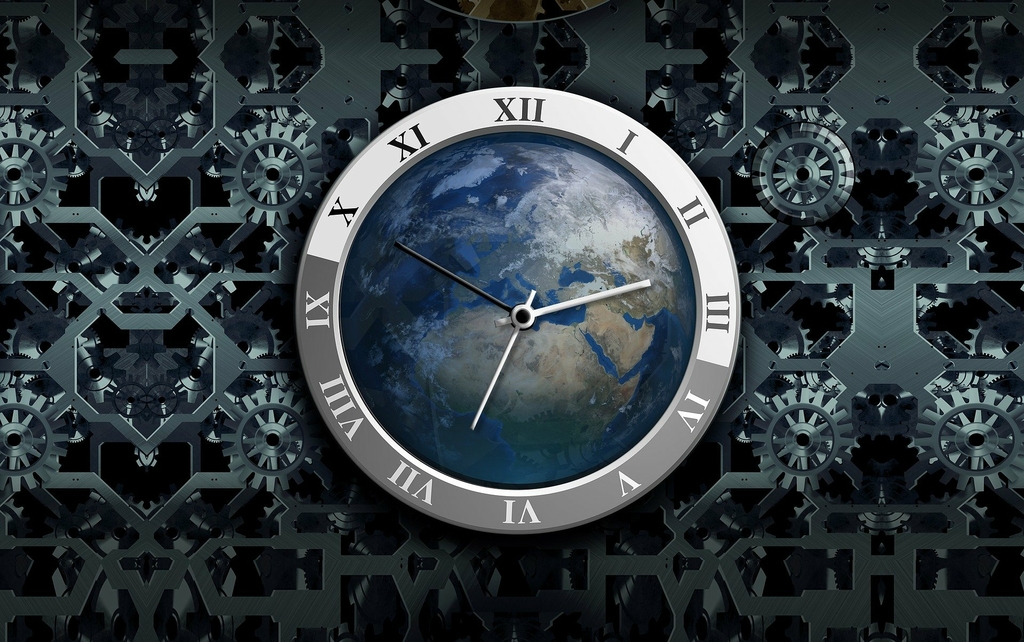Time is a cornerstone of modern science and technology. From GPS navigation to synchronized data networks, precision timekeeping underpins many of the systems we rely on daily. For decades, atomic clocks have been the gold standard, offering unparalleled accuracy by using the transitions of electrons in an atom’s shell to stabilize their “ticking.”
Now, researchers are setting their sights on the next frontier: nuclear clocks, which promise even greater precision by leveraging transitions within the nucleus of an atom. At the forefront of this effort is Thorsten Schumm’s group at TU Wien, part of the quantA Cluster of Excellence, which is leading groundbreaking research to turn this vision into reality.
What Sets Nuclear Clocks Apart?
While atomic clocks rely on electron transitions, nuclear clocks use transitions in the atom’s nucleus. This fundamental shift brings several advantages:
- Enhanced Stability: The nucleus is far less affected by external magnetic and electric fields.
- Higher Precision: The sharpness of nuclear transitions enables unmatched accuracy.
- New Horizons in Physics: Nuclear clocks can be used to test fundamental forces and search for phenomena like dark matter.
At the heart of this advancement lies Thorium-229, the only known isotope with a nuclear transition accessible via UV lasers, making it uniquely suited for this next generation of timekeeping.
Breakthroughs in Thorium-229 Nuclear Clocks
Over the past years, Prof. Schumm’s team has made significant progress in developing Thorium-229-based nuclear clocks:
- Precise Energy Identification: Researchers determined the nuclear transition energy of Thorium-229 with a precision of 12 decimal places, a critical step for clock implementation.
- Innovative Laser Technology: Using high-harmonic generation, the team developed UV lasers capable of exciting Thorium nuclei, overcoming a major technical hurdle.
- Proof of Concept: Experiments have demonstrated the feasibility of using Thorium-229 for nuclear clocks, paving the way for prototype development.
The Role of Quantum Metrology
This work exemplifies the transformative power of quantum metrology, the science of using quantum phenomena to achieve unparalleled measurement accuracy. Timekeeping has been one of its most impactful applications, with atomic clocks already enabling:
- Global Navigation: High-precision GPS systems.
- Communication Networks: Synchronization of digital data traffic.
- Fundamental Physics: Testing the constancy of physical constants.
Nuclear clocks, with their superior stability and accuracy, promise to extend these capabilities even further while opening new scientific frontiers.
Applications Beyond Timekeeping
The potential applications of nuclear clocks are as groundbreaking as the technology itself:
- Testing the Laws of Physics: By measuring the constancy of fundamental forces, nuclear clocks could provide insights into the nature of dark matter and the evolution of the universe.
- Advanced Technology: From ultra-precise navigation to quantum communication, nuclear clocks will enhance existing systems and enable entirely new ones.
- Robust Design: Their resistance to external disturbances makes them ideal for use in extreme environments, such as space exploration.
Looking Ahead: Building the Future of Precision
The development of nuclear clocks is now entering the engineering phase. As part of the ERC Synergy Project, Prof. Schumm’s team is constructing prototypes to test and refine the technology. These efforts are part of a global race to build the first fully operational nuclear clock, a milestone that could redefine precision timekeeping and transform industries.
Conclusion: A New Era in Timekeeping
The Thorium-229 nuclear clock is more than a technological marvel; it represents a profound step forward in our ability to measure and understand the universe. By building on decades of atomic clock advancements, nuclear clocks promise to unlock new possibilities in science, technology, and beyond.
For more information, visit nuclock.eu and explore the exciting world of quantum metrology.

